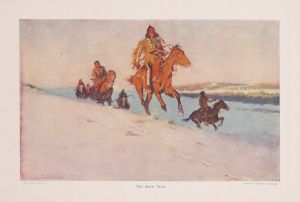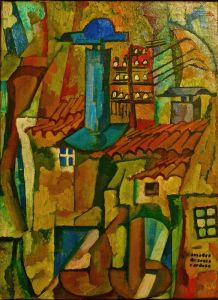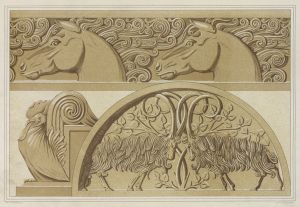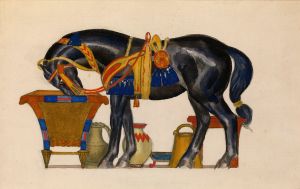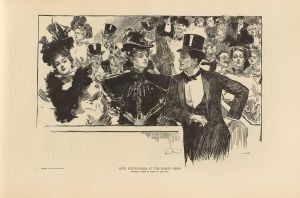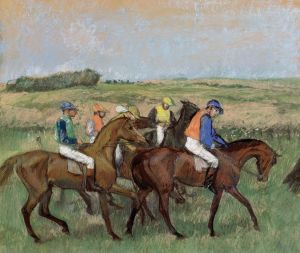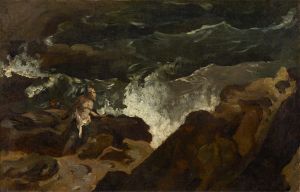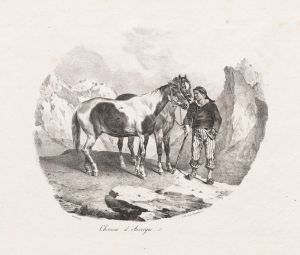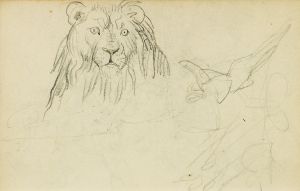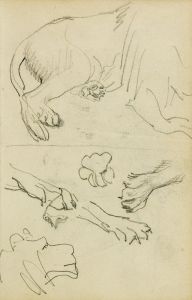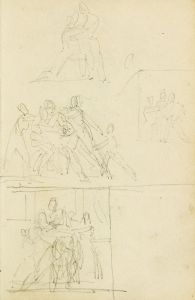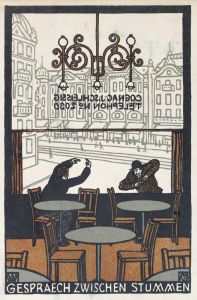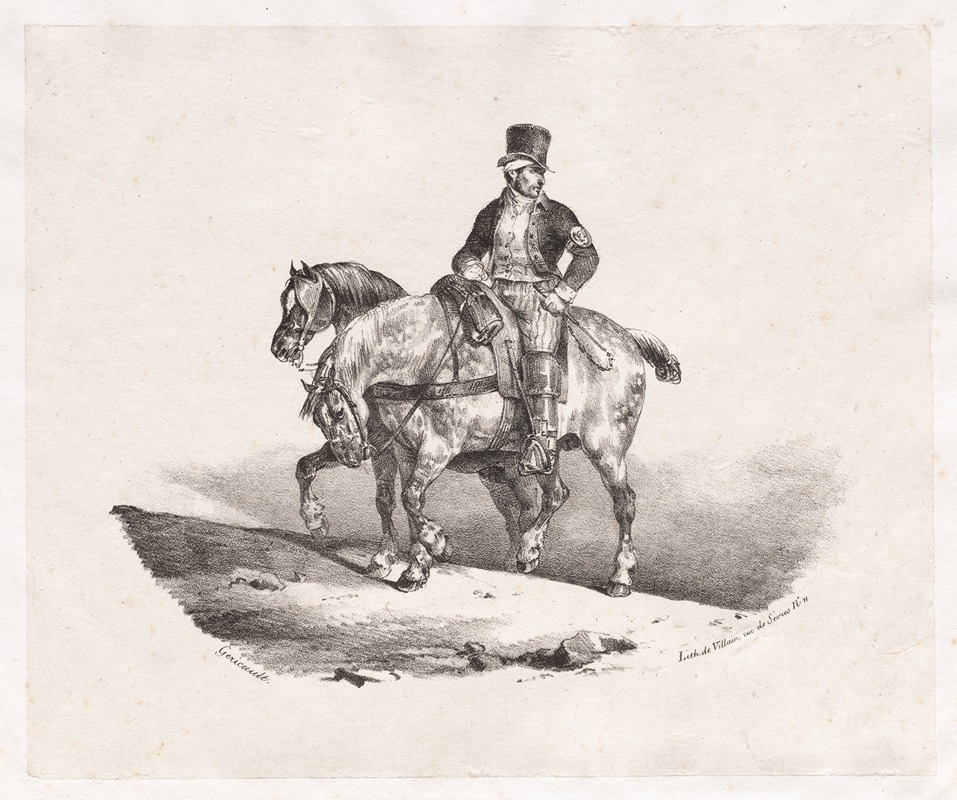
Postman or Two Harnessed Horses
A hand-painted replica of Théodore Géricault’s masterpiece Postman or Two Harnessed Horses, meticulously crafted by professional artists to capture the true essence of the original. Each piece is created with museum-quality canvas and rare mineral pigments, carefully painted by experienced artists with delicate brushstrokes and rich, layered colors to perfectly recreate the texture of the original artwork. Unlike machine-printed reproductions, this hand-painted version brings the painting to life, infused with the artist’s emotions and skill in every stroke. Whether for personal collection or home decoration, it instantly elevates the artistic atmosphere of any space.
Théodore Géricault, a prominent French Romantic painter, is best known for his dynamic compositions and powerful depictions of contemporary events. One of his lesser-known works, "Postman or Two Harnessed Horses," exemplifies his fascination with equine subjects and his skill in capturing movement and emotion.
Géricault was born in Rouen, France, in 1791 and showed an early interest in art. He studied under Carle Vernet, a painter known for his depictions of horses, and later under Pierre-Narcisse Guérin, a neoclassical artist. Géricault's early exposure to these influences is evident in his adept handling of equine anatomy and his ability to convey the physicality and energy of horses.
"Postman or Two Harnessed Horses" is a testament to Géricault's keen observation and understanding of horses, which were a recurring theme in his oeuvre. Although specific details about the painting's creation and history are sparse, it is consistent with Géricault's broader body of work, which often focused on themes of movement, power, and the human-animal relationship.
The painting likely depicts a scene involving a postman, a common subject in the 19th century when horse-drawn carriages were a primary mode of transportation for mail and people. The two harnessed horses in the painting are portrayed with a sense of vitality and strength, characteristic of Géricault's style. His ability to render the musculature and dynamic poses of the horses suggests a deep understanding of their anatomy and movement.
Géricault's interest in horses was not merely artistic; it was also personal. He was an avid horseman and spent considerable time studying horses, both in life and through anatomical studies. This dedication is evident in the precision and realism with which he depicted equine subjects. His works often convey a sense of immediacy and drama, capturing the tension and energy of the moment.
In addition to his equine studies, Géricault is renowned for his monumental painting "The Raft of the Medusa," which brought him widespread acclaim. This masterpiece, with its dramatic composition and emotional intensity, established him as a leading figure in the Romantic movement. While "Postman or Two Harnessed Horses" may not share the same level of fame, it reflects the same artistic principles that define Géricault's work: a focus on realism, movement, and the exploration of human and animal subjects.
Géricault's career was tragically short; he died in 1824 at the age of 32. Despite his brief life, his influence on the art world was significant. His innovative approach to composition and his ability to convey emotion and movement left a lasting impact on the Romantic movement and subsequent generations of artists.
"Postman or Two Harnessed Horses" remains a part of Géricault's legacy, showcasing his mastery of equine subjects and his contribution to the Romantic era's artistic exploration. While it may not be as widely recognized as some of his other works, it embodies the qualities that make Géricault's art enduring and influential.





